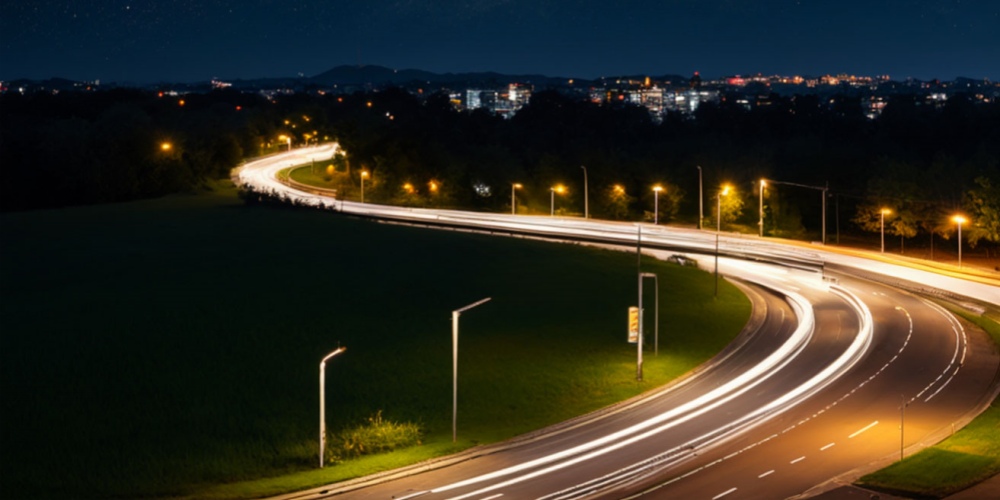The Growing Demand for Solar Lights in Urban Areas
With the increasing global focus on green energy and sustainable development, solar powered lights, as a key application of new energy technology, are rapidly becoming a popular choice in urban lighting. Entering 2024, the market potential, technological advancements, and policy support surrounding solar lights all point to their strong future growth. Solar lights are now seen as an integral solution for cities seeking to balance energy efficiency with environmental sustainability.
The market for solar powered street lights has been steadily expanding in recent years, with this growth expected to accelerate in the coming years. Globally, there is an increasing demand for green, environmentally-friendly, and energy-efficient products, driving the expansion of the solar lighting market. In regions experiencing rapid urbanization and infrastructure development, solar LED lighting offers a cost-effective and eco-friendly solution. This makes them particularly attractive in cities where energy consumption is high, and the push for sustainability is becoming more urgent.
Technological advancements have played a crucial role in increasing the adoption of solar street lights. Improvements in photovoltaic technology have significantly boosted the efficiency of solar panels, enabling them to generate more electricity under the same sunlight conditions. This development has extended the operating time of LED solar lights. Additionally, advancements in LED lighting technology have improved the brightness and energy efficiency of SLD solar lights, making them more reliable and effective in urban lighting projects.

Government policies and incentives are another key factor in the growing demand for solar lights. Many governments have introduced financial incentives such as subsidies, tax breaks, and reduced installation costs to encourage the adoption of renewable energy technologies. These policies make it easier for cities to invest in solar street lights, accelerating their deployment. By promoting green energy solutions, these policies also help governments meet their environmental targets and drive innovation in the renewable energy sector.
Beyond their economic and practical benefits, solar street lights also contribute to environmental protection by reducing fossil fuel consumption and cutting down on greenhouse gas emissions. As cities strive to become greener and more sustainable, solar lighting helps reduce the urban carbon footprint. Furthermore, modern solar street lights come in various designs that can enhance urban aesthetics, blending functionality with visual appeal in parks, public spaces, and along roadways. These lights represents a sustainable and visually appealing solution for urban lighting in the 21st century.